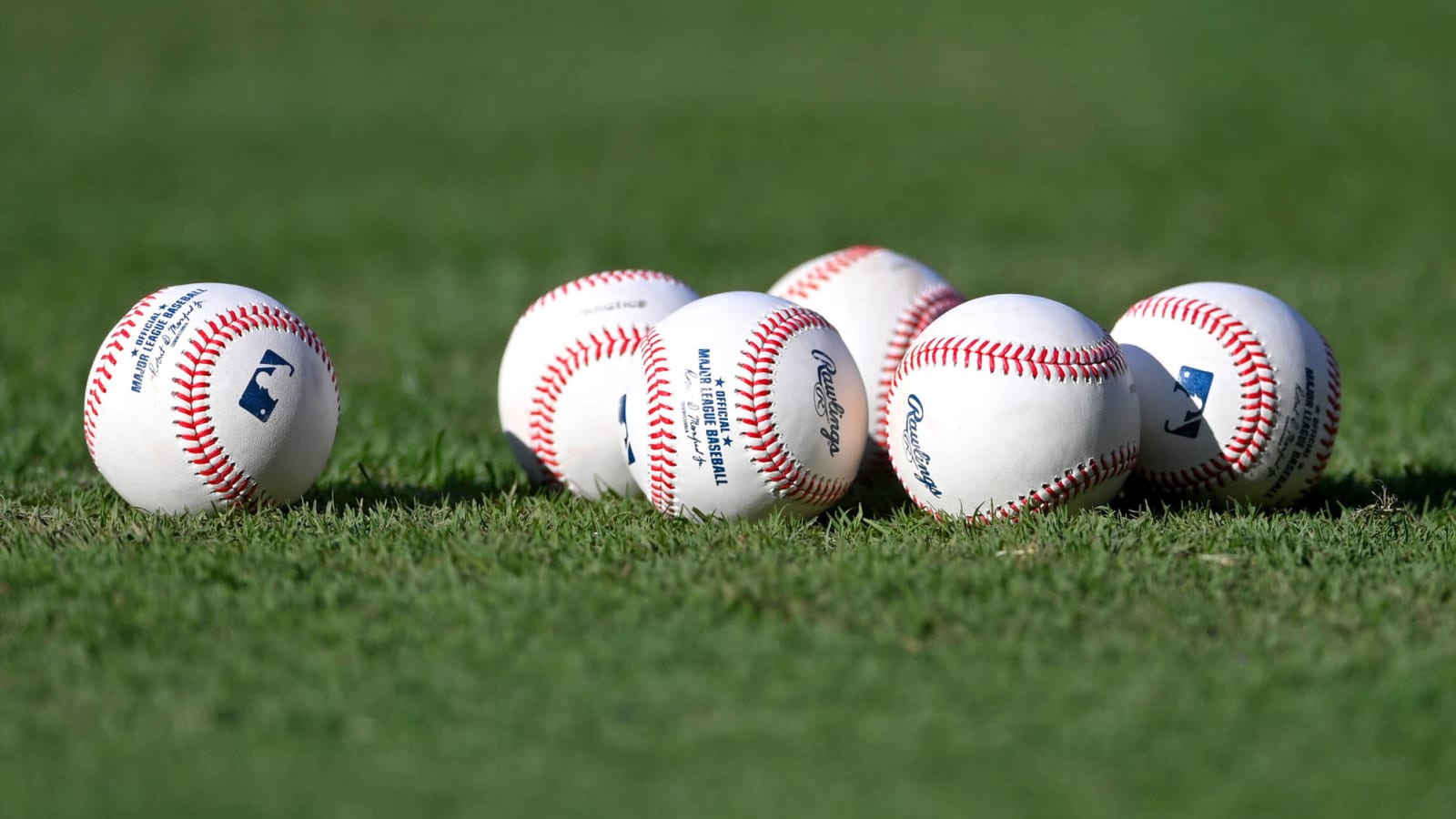
The independent Atlantic League, one of four official MLB Partner Leagues, will return to the traditional method of calling balls and strikes in 2022, reports J.J. Cooper of Baseball America. The league had adopted the Automated Ball-Strike (ABS) system — known colloquially as the ’robo-ump’ — ahead of the 2019 season, when it reached an agreement with Major League Baseball to test equipment and rules changes under consideration for use in affiliated ball. The league will also return the distance between the pitching rubber and home plate to the conventional 60 feet, 6 inches after a late-season trial of an extra foot was met with disfavor by players and coaches.
As Cooper points out, the strike-zone change is likely driven by the expectation of a more widespread implementation of ABS in the minors; there’s been no official announcement, but MLB posted job listings for an ABS tech to work with each team in Triple-A West (the successor to the Pacific Coast League) earlier in the offseason. The technology was also deployed in Low-A Southeast (the revamped Florida State League) in 2021 and in the 2019 Arizona Fall League.
Even though it is just one of a number of rules changes mooted by the commissioner’s office during Rob Manfred’s tenure, the proposed automation (and thereby standardization) of the strike zone has proven to be among the most polarizing. Beyond more longstanding intra-fan disputes regarding the relative value of innovation and tradition, proponents of the idea have suggested that a strike zone standardized by precise technological measurement would substantially reduce the element of human error in umpiring decisions (and, perhaps, reverse the trend of declining contact rates), while those opposed argue that imprecision, ambiguity, and the idiosyncrasies of individual umpires — as well as the arguments that often ensue as a result of these — add intrigue and drama to the game.
Regardless of one’s opinion of the potential implementation of ABS at the big-league level, any longtime fan of the game will recognize a progressive change in the strike zone since the advent of pitch-tracking technology in the early 2000s, when MLB introduced QuesTec’s Umpire Information System in big-league ballparks to track umpire performance. This much less invasive system drew its fair share of criticism (Curt Schilling infamously took a bat to a QuesTec camera after a poor start in May 2002, and the umpires union filed a grievance with the National Labor Relations Board over its use before securing its removal in 2005 contract negotiations). Still, its long-term effects (as compiled in 2017 by Joe Lemire of Sports Business Journal) have rendered the effective strike zone closer to its rule-book definition, decreasing its width while increasing its height.
Despite scrapping the ABS, the Atlantic League will continue to test a number of potential tweaks to the game, including the use of 17-inch bases (two inches larger than standard), anti-shifting rules (which require the four infielders to have two feet in the infield dirt before every pitch), and enhanced extra-inning ’zombie runner’ rules (which would place runners at first and second to start the 10th inning and load the bases in any innings thereafter). Further changes to Atlantic League play are expected to be announced later in the spring.
More must-reads:
- One-time All-Star Melky Cabrera announces retirement
- Brewers bullpen coach Steve Karsay to step down
- The 'Most strikeouts in the 2010s' quiz
Breaking News
Customize Your Newsletter
 +
+
Get the latest news and rumors, customized to your favorite sports and teams. Emailed daily. Always free!

